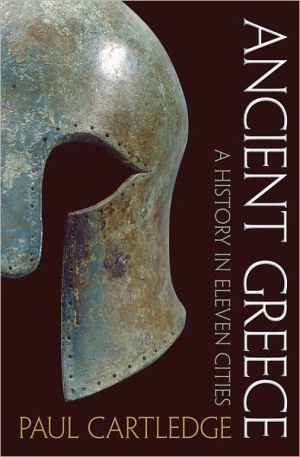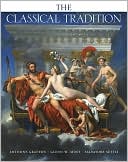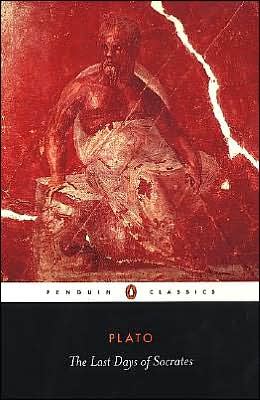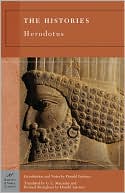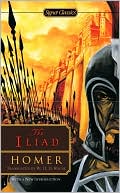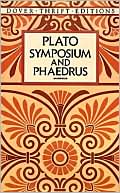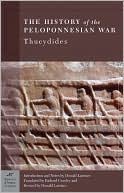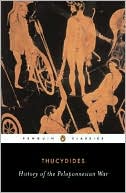Ancient Greece: A History in Eleven Cities
The contribution of the ancient Greeks to modern western culture is incalculable. In the worlds of art, architecture, myth, literature, and philosophy, the world we live in would be unrecognizable without the formative influence of ancient Greek models.\ This highly original and stimulating introduction to ancient Greece takes the city as its starting point, revealing just how central the polis ("city-state" or "citizen-state") was to Hellenistic cultural achievements. In particular, Paul...
Search in google:
The contribution of the ancient Greeks to modern western culture is incalculable. In the worlds of art, architecture, myth, literature, and philosophy, the world we live in would be unrecognizable without the formative influence of ancient Greek models. This highly original and stimulating introduction to ancient Greece takes the city as its starting point, revealing just how central the polis ("city-state" or "citizen-state") was to Hellenistic cultural achievements. In particular, Paul Cartledge uses the history of eleven major Greek cities—out of more than a thousand—to illuminate the most important and informative aspects of Greek history. The book spans a surprisingly long time period, ranging from the first examples of ancient Greek language from Cnossus in Crete around 1400 BC to the establishment of Constantinople (today's Istanbul) in 324 AD on the site of the Greek city of Byzantion. Cartledge highlights the role of such renowned cities as Athens (birthplace of democracy) and Sparta, but he also examines Argos, Thebes, Syracuse in Sicily, and Alexandria in Egypt, as well as lesser known locales such as Miletus (home of the West's first intellectual, Thales) and Massalia (Marseilles today), where the Greeks introduced the wine grape to the French. The author uses these cities to illuminate major themes, from economics, religion, and social relations, to gender and sexuality, slavery and freedom, and politics. And throughout, the book explores how these eleven cities differed both from each other and from modern society. An innovative approach to ancient Greece and its legacy, both in terms of the time span covered and in its unique city-by-city organization, this superb volume provides the ideal concise introduction to the history and culture of this remarkable civilization. Publishers Weekly Cartledge, professor of Greek culture at the University of Cambridge, has created an intriguing overview of Greek history by providing synopses of 11 key city-states, each representing a different facet of Greek life and culture, such as politics, gender, and philosophy. Beginning with the earliest example of the successful polis, proto-Greek Cnossos on the island of Crete, and continuing through the near-mythical city of Mycenae; Argos; doomed Miletus; Massalia (present-day Marseilles), the first of the great Greek “colonies”; and through to the rise of laconic Sparta, it is easy to trace the development of Greek civilization. Classical Greece is examined in the descriptions of Athens, Syracuse, and Thebes. The description of Hellenic Alexandria is symbolic of the transition of the classical period into the Hellenistic age. A final discussion of the polis of Byzantion notes the decline of city-state independence. A list of significant individuals, a glossary, and a time line are beneficial. Other than labeling Athens, Ga., as that state's capital in comments on the proliferation of Greek city names throughout the world, errors are few. 20 b&w illus., 4 maps. (Jan.)
Preface Glossary Timeline1. IntroductionPart I: Prehistory 2. Cnossos3. MycenaePart II: Early History (to 500 BCE) 4. Argos5. Miletus6. Massalia7. SpartaPart III: Classical (500-330 BCE) 8. Athens9. Syracuse10. ThebesPart IV: Hellenistic 11. AlexandriaPart V: Retrospect and Prospect 12. Byzantium Appendix Further Reading Index
\ Publishers WeeklyCartledge, professor of Greek culture at the University of Cambridge, has created an intriguing overview of Greek history by providing synopses of 11 key city-states, each representing a different facet of Greek life and culture, such as politics, gender, and philosophy. Beginning with the earliest example of the successful polis, proto-Greek Cnossos on the island of Crete, and continuing through the near-mythical city of Mycenae; Argos; doomed Miletus; Massalia (present-day Marseilles), the first of the great Greek “colonies”; and through to the rise of laconic Sparta, it is easy to trace the development of Greek civilization. Classical Greece is examined in the descriptions of Athens, Syracuse, and Thebes. The description of Hellenic Alexandria is symbolic of the transition of the classical period into the Hellenistic age. A final discussion of the polis of Byzantion notes the decline of city-state independence. A list of significant individuals, a glossary, and a time line are beneficial. Other than labeling Athens, Ga., as that state's capital in comments on the proliferation of Greek city names throughout the world, errors are few. 20 b&w illus., 4 maps. (Jan.)\ \ \ \ \ Library JournalCartledge (Classics, Univ. of Cambridge; Ancient Greek Political Thought in Practice) ushers readers through the geopolitical atmospheres of various Greek city-states, from the Bronze Age of Knossos and Mycenae to the Archaic Sparta, the Classical Athens, and the Hellenistic Alexandria. The similarities and differences between each polis are readily apparent, and, for so brief a study, this work manages to discuss an enviable array of topics, from military engagements to women's roles, sociopolitical history, architecture, and cultural impacts on later civilizations. The explanations of Greek spellings, monetary units, and measures of distance, as well as the time line, glossary, and "Who's Who," would be especially useful for newcomers. VERDICT Aiming for a general audience, Cartledge achieves a fast-paced, highly engaging romp through ancient Greece. An excellent choice for anyone seeking an introduction to the topic; for all its readability, this book doesn't skimp on the research. —Crystal Goldman, San Jose Sate Univ., CA\ \
